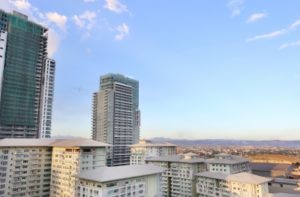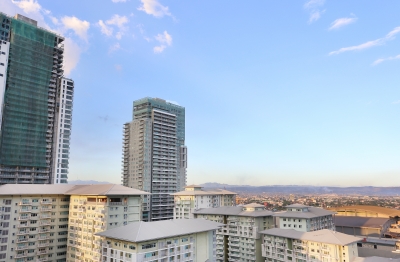 The Philippine economy grew a robust 7% in the second quarter of 2016, giving the new administration an upbeat start, according to the National Economic and Development Authority (NEDA).
The Philippine economy grew a robust 7% in the second quarter of 2016, giving the new administration an upbeat start, according to the National Economic and Development Authority (NEDA).
The growth in the second quarter is within market expectations given average consensus forecast of 6.1% to 7.2%, and increases the probability of attaining the revised full-year 2016 government target of 6% to 7%.
NEDA director-general Ernesto Pernia said in a briefing that while a slowdown in the second semester of an election year is normal (possibly 1.5% to 2% percentage points lower than the first half), “the smooth transition of power and assurance of macroeconomic policy consistency and continuity by the new administration will likely keep business and consumer confidence strong to meet the full-year target.”
Among the major Asian emerging economies, the Philippines likely remains the fastest or second fastest growing economy in the second quarter of 2016, followed by China (6.7%), Vietnam (5.6%), Indonesia (5.2%), Malaysia (4%), and Thailand (3.5%). Data for India are not yet available but some forecasts put the country’s growth above 7%.
“The previous administration gave us a strong and stable economy that we can build on further by maintaining the sound macroeconomic, fiscal, and monetary policies already in place. It is also encouraging to note that the growth has been investment-driven,” Pernia said.
The Cabinet official said, however, that the challenge is to make growth inclusive “so that more people contribute to and benefit from it.”
On the demand side, Pernia said investments had the highest contribution of 5.7 percentage points to GDP growth, driven by stronger business confidence, low interest rates, and strong performance of the construction sector.
Public spending remained strong, driven by the boom in public construction and government consumption, which grew 27.8% and 13.5%, respectively. Similarly, private consumption grew stronger due to improved labor market conditions and steady consumer confidence. Overall, domestic demand growth accelerated to 12.3% from 12% in the first quarter of 2016.
In contrast, external demand weakened further, as exports of goods and services continued to slow down to 6.6%, despite the 15.3% growth of services exports. Conversely, imports of goods rose to 22.9%, largely due to increased purchases of capital goods and durables, which indicates an increase of investments from firms. Services imports remained strong at 13.3%, significantly higher than the 10.3% in the previous quarter.
On the supply side, the acceleration of economic growth was fairly broad-based, driven by gains in the industry and services sectors that recorded a growth of 6.9% and 8.4%, respectively.
In contrast, the performance of the agriculture sector remains dismal at -2.1% due to the lingering effects of El Nino. Pernia said there is also the risk of La Niña developing and intensifying between August and October this year.
Over the medium term, the new administration is still aiming for a steady acceleration of growth to 7% to 8%, to be supported by sustained and deepened reforms. These reforms include a comprehensive tax reform, sustained investment in infrastructure, easing of restrictions on foreign investments, reduction of cost of doing business, and strengthening of agro-industrial linkages.
Image courtesy of David Castillo Dominici at FreeDigitalPhotos.net





